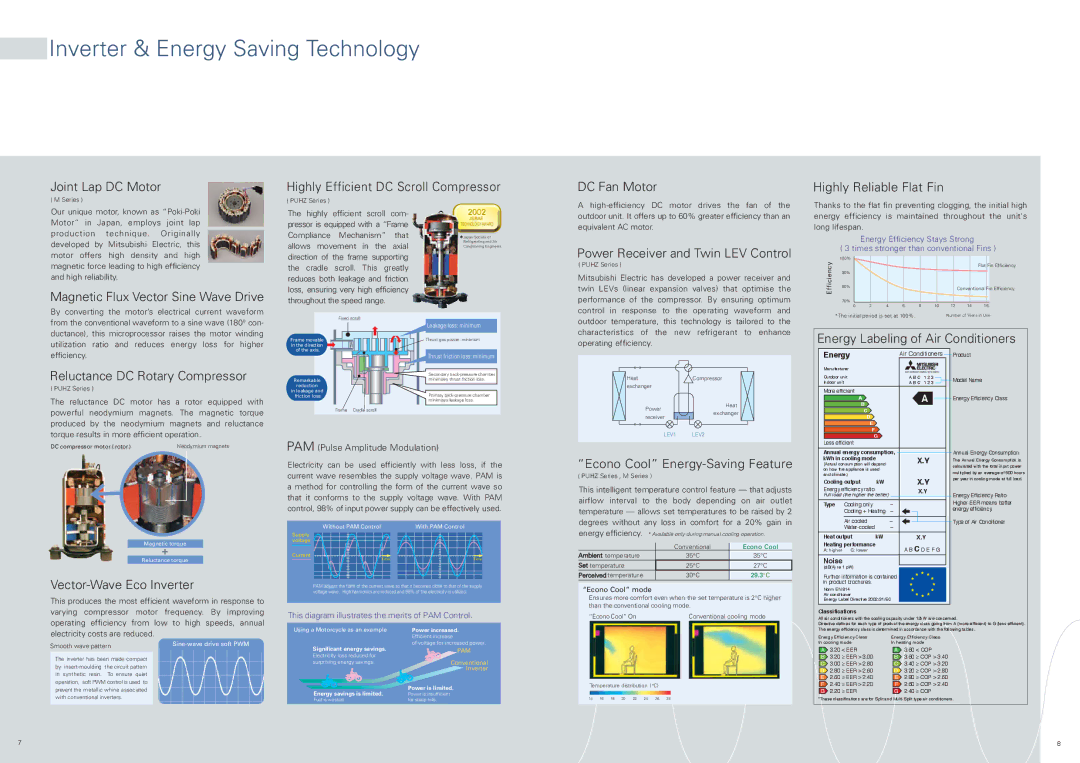M, S, P specifications
Mitsubishi Electronics Corporation, a prominent player in the field of electronics and technology, has developed several innovative products across various sectors. Among its notable offerings, the Mitsubishi P, S, and M series stand out, showcasing the company’s commitment to quality, efficiency, and cutting-edge technology.The Mitsubishi P Series, particularly known for its industrial applications, is renowned for its versatility and performance. These products typically feature robust designs that ensure high reliability even in the most challenging environments. The P Series integrates advanced control technology, including programmable logic controllers (PLCs) and human-machine interfaces (HMIs), allowing for seamless operation and enhanced user interaction. The focus on energy efficiency is also a hallmark of the P Series, enabling users to optimize energy usage while maintaining productivity.
Moving to the S Series, Mitsubishi has made significant strides in automation and manufacturing. The S Series products come equipped with sophisticated motion control systems, offering precise and accurate operations essential for modern manufacturing demands. This series is characterized by its scalability, allowing businesses to expand their automation solutions as they grow. Additionally, the S Series includes smart features like predictive maintenance capabilities, leveraging data analytics to anticipate equipment failures and minimize downtime.
The M Series, on the other hand, emphasizes electronic components and devices designed for consumer and commercial markets. This series incorporates Mitsubishi's proprietary technologies, including high-efficiency LED lighting and advanced display solutions. The M Series exemplifies Mitsubishi's dedication to sustainable development, with products that not only enhance user experience but also contribute to environmental conservation through reduced energy consumption.
In terms of characteristics, all three series feature user-friendly interfaces and robust support systems, ensuring easy integration into existing infrastructures. Mitsubishi Electronics places significant importance on safety, with various protective features built into their products to safeguard users and equipment alike. Furthermore, continuous innovation and research are evident, as the company invests in developing new technologies that cater to emerging market needs.
In conclusion, Mitsubishi Electronics’ P, S, and M series encapsulate the company's ethos of providing high-quality, technologically advanced solutions across various applications. With a focus on efficiency, reliability, and user satisfaction, these series offer a compelling choice for industries looking to enhance their operations and embrace modern advancements in technology.

